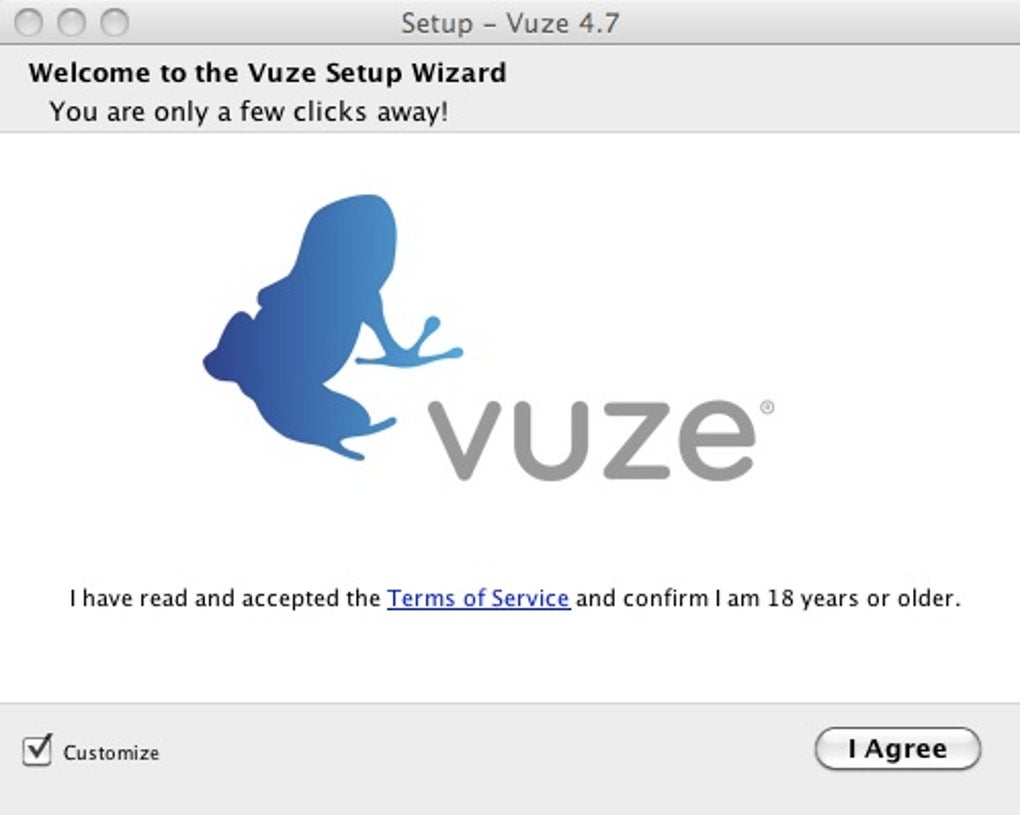

- #Azarius vuze how to#
- #Azarius vuze download#
- #Azarius vuze torrent#
#Azarius vuze download#
Does Force Start help to download more torrents?. Where are my Vuze downloads located by default?. How do I change what information is shown in the tables? Read Column setup. See the Tips and tricks section for some useful hints. Read about common misconceptions about BitTorrent. Want to learn more about BitTorrent in general? Visit Helpful links. How does Anonymous file sharing using Azureus with Tor and I2P work and what is the downside?. Why do I download much more data than expected file size?. Why am I Not connected to any seeds? i.e. Why does Vuze download files in random order?. What do all those Data units mean? Why does my download speed feel so slow?. What does this funny word mean? (BitTorrent terms like "seeding", "peer", "swarm" explained). What does Availability mean and what is important about it?. Which torrents are good torrents, allowing fast download speeds?. I want to move my data files to another drive/directory and continue downloading/seeding. How do I seed an existing file that I have already downloaded?. I started a download with another client. I want to download only certain files within a torrent?. #Azarius vuze torrent#
I never see a green torrent health icon.How do I speed up downloads? What are Good settings for speed limits and queue settings?.Where do I find torrent files? You can search for torrents by using the built-in search engine in Vuze, by searching the internet with your favorite search engine, or by using some torrent indexing web site.torrent file is a small text file that is used to start the download of the data files.
#Azarius vuze how to#
Read How to report a bug if you think you have found one. 1 Azureus FAQ (Frequently Asked Questions). A peer gets snubbed by taking more than 1 minute to send you a block (16k, so that's less than 300B/s), he gets un-snubbed if he sends you a block in less than 45 seconds. So you'll only queue him 1 request, and moreover you won't mark that block as being downloaded (so you'll request it from an un-snubbed peer too). When a peer is snubbed, you don't trust him anymore, until he gets un-snubbed. Snubbing: snubbing is a flag (computed, but that you can change manually), that indicates that a peer tells you he will send you data, but doesn't. We are trying to find better ways of unchoking when acting as a seed (but this is really not that easy). When you are a seed, snubbed people will never get unchoked (but Azureus won't snub anyone when you are seed), manually snubbing someone (right click on this peer in the details view) can let you control to who you DON'T want to send data (I hate leechers when I'm trying to seed with my 128kb adsl line). People that have the highest 'statistic upload' When seed, you'll unchoke ( Seed unchoking algorithm is the main thing to be optimized yet): People that have globally uploaded you the maximum ammount of data People you are interested in (unless they are snubbed, or they have reached a share ratio of 1/10 (1b sent by them allow them to get 10 bytes) The best uploaders (which upload at least 256B/s) When peer, you'll unchoke in this order (until you have enough unchokes) : Unchoking is done every 10 seconds and optimistic unchoke is done every 30 seconds. 
The unchoking algorithm works in two different ways, depending on wether you are seed or peer. This way, you globally do rarest first, but you also try to finish pieces started. If a piece is already available on 10 peers, you'll choose to continue it, instead of starting a new one only available 8 times for example (8 is indeed less than 10 but not so much). That means, that if a piece is available only once on the network (ie the case with 1 seed, and a lot of peers), if the seed unchokes you, you will get a piece that no-one else has.

The range used in today's implementation is of 90%. If you can continue a piece started (and not fully downloaded, or requested to others), you will continue that one. The main way it works is by doing rarest first, but using a range on rarest so that, the more the pieces are available, the more the range will be. It will queue up 10 requests on each peer that allows downloading from him/her. Unlike other implementations, Azureus may download a single piece from several peers (the bigger the pieces, the more likely). The BitTorrent protocol lets you act mainly on two things : who you give data to ( unchoking), and when someone is ready to send you data, what you will get from him ( piece picking) (you won't saturate your upload stream, even by setting 14kB/s on a 16kB/s line)

It uses a short time frame to compute upload rates, avoiding them to by-pass the limitation. The way this client deals with bandwith limitation seems better than others. Some technical aspects (old documentation, needs updating.)








 0 kommentar(er)
0 kommentar(er)
